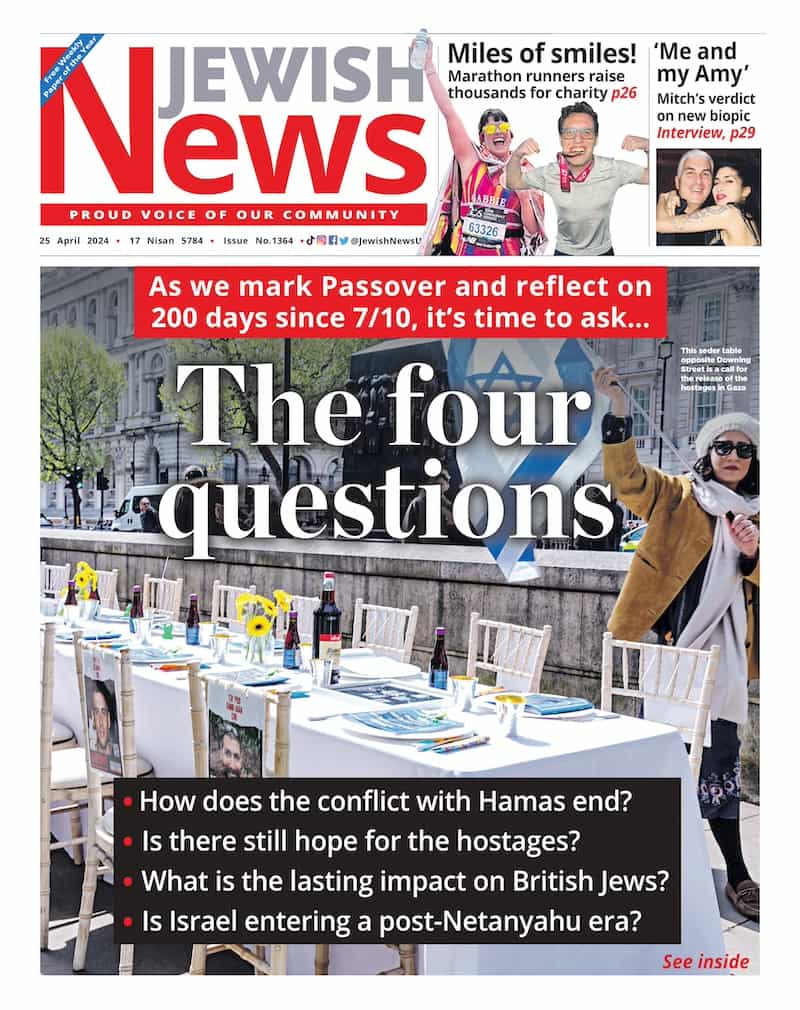New refugee journeys map helps to ‘reconnect scattered pasts’
An interactive resource has been made available, allowing users to view and hear the stories of refugees who fled Nazi antisemitism and persecution in what’s been hailed as a ‘powerful and illuminating project’
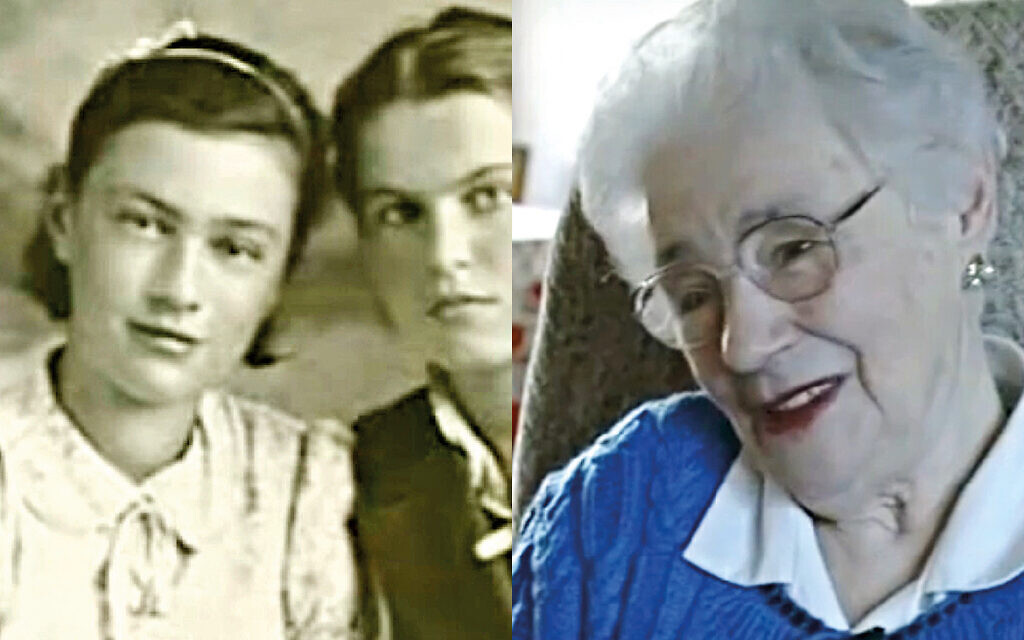
The Fergana Valley in central Asia covers east Uzbekistan, south Kyrgyzstan, and north Tajikistan. Its people include Kashgarians, Romani and Kipchaks, and they speak not only Uzbek, Kyrgyz, and Tajik, but Russian, Turkic, Persian, Hindi, Urdu, Chinese and Dungan. Ever since Alexander the Great, conquerors have sought its minerals, leaving the valley’s mainly Muslim peoples to their farming and crafts. It is, in short, about as far from a Jewish hotspot as you are ever likely to get.
Yet there are very few blades of grass or inches of tundra in this world not graced at one time or another by Jews, and a newly-available online resource tracking worldwide Jewish refugee journeys helps to show that far from being Jew-less, the Fergana Valley has in fact been home to Bukharan Jews for centuries. In the 1940s, when Germany attacked Russia, it hosted Polish Jews who fled there from Siberian gulags hundreds of miles to the north.
One such was Berta Bienenstock and her family. In 2004, many years after marrying to become Berta Klipstein, the UK-based Association of Jewish Refugees (AJR) recorded a conversation with her talking about her time and friends in Siberia, growing potatoes, looking back over old black and white photos of classmates, and recalling the day the Soviets told them they were free to leave.
Get The Jewish News Daily Edition by email and never miss our top stories Free Sign Up
“We were all called into the clubhouse, a leaky barn, and one of the militiamen said, ‘Look, we’re now at war with Germany, you’re our friends and allies, so the Soviet Union has said you are allowed to leave Siberia, only we don’t advise it because there’s a war on and wherever can you go? There’s no transport, there’s nothing to eat, but legally you can go.’ That was Saturday morning.” Between then and noon, Berta recalled, “something indescribable” happened.
“Suddenly, everyone seemed to have something left from civilisation, like a suit, and people started dressing up. They looked like Europeans. Someone even had a camera and we took a picture with our commandant who came over and wiped his mouth.
“There we were, Europeans, allegedly free people, but the problem remained – how are we going to get away, where do we go, what do we do to eat? Dr Rosenberg came to the rescue. He said that in the First World War he was a prisoner in Kokand in central Asia, a wonderful place full of fruit and sun, it’s the place to go to, so we decided that’s what we’re going to do.”
That interview is one of hundreds now uploaded and made available for anyone with an internet connection to view and hear using the Refugee Map, an innovative new digital resource by The Wiener Holocaust Library.
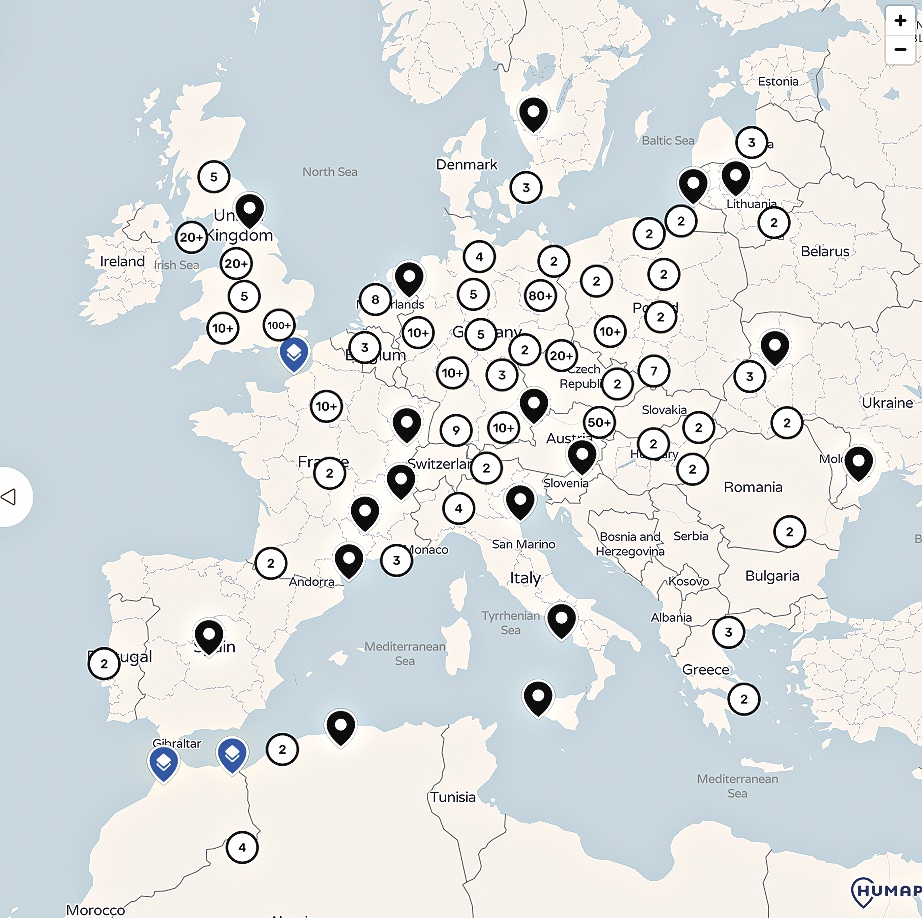
This interactive tool can take users with people like Berta, through the frozen forests near the city of Barnaul, past the nuclear testing ground of Semipalatinsk, the mountainous foothills of Almaty, the latter-day Uzbek capital of Tashkent and, finally, in 1941, to Kokand in the Fergana Valley, where she lived with ‘Aunty’ Dunya, a washerwoman, for three years in primitive conditions. While her mother made dresses, users learn that 13-year-old Berta attended the Petroleum Institute School, where she learned how to measure using the latest Soviet technical equipment, which was a far cry from her learning the piano four years earlier at the Jewish school back in Poland.
Sharing Berta’s story and journey digitally has been a joy for people such as Lord Alf Dubs, the refugee rights campaigner and politician who came to the UK on the Kindertransport.
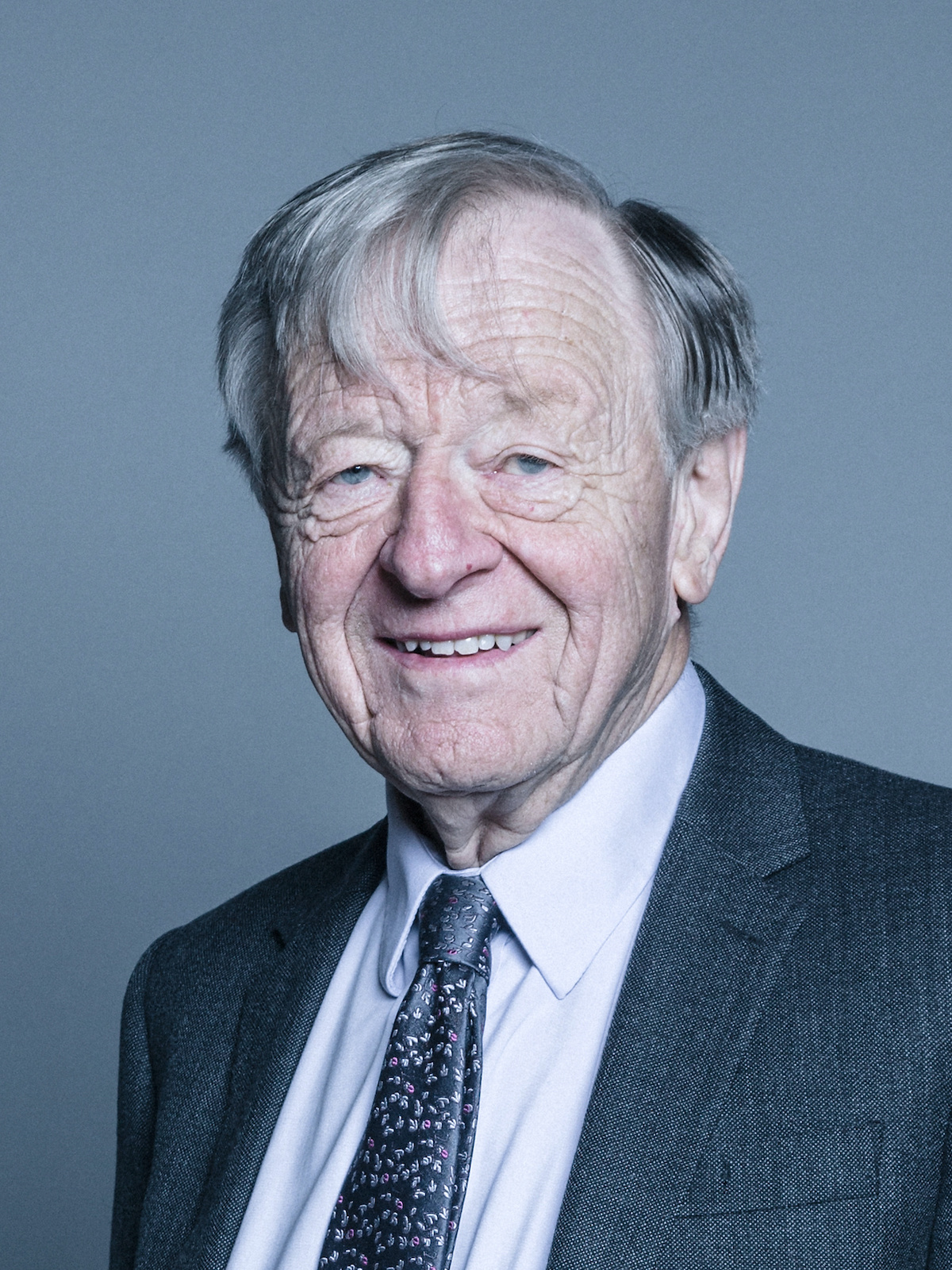
“This beautiful map stirred two emotions in me,” he said. “First, sadness at all the lives torn up by war and persecution, but also happiness that at least some of these lives have now been carefully pieced back together.
“Losing connection with the past is a common experience for many refugees. This map helps people reconnect with their scattered pasts.”
Drawn from the library’s Family Papers, each collection on the map traces a refugee’s journey, with individual records – such as handwritten diary notes, Red Cross letters, photo albums, ID cards, audio files and emigration papers – relating to a specific location and period within their travels. For the ultimate ease of use, everything is searchable.
Enver Solomon, chief executive of the Refugee Council, called it “an extraordinarily powerful and illuminating project that has great relevance to today’s world with people who have fled persecution and oppression desperately seeking safety in the UK having made dangerous journeys over land”.
Historian Dr Rachel Pistol said the resource “shows the diversity of circumstances of individuals across Europe, India, China, and America” and was “for anyone wanting to learn more about the experiences of refugees from Nazi oppression”.
- The Wiener Holocaust Library’s map can be explored at: www.refugeemap.org
The stories of some of the refugees who fled
Case Study 1:
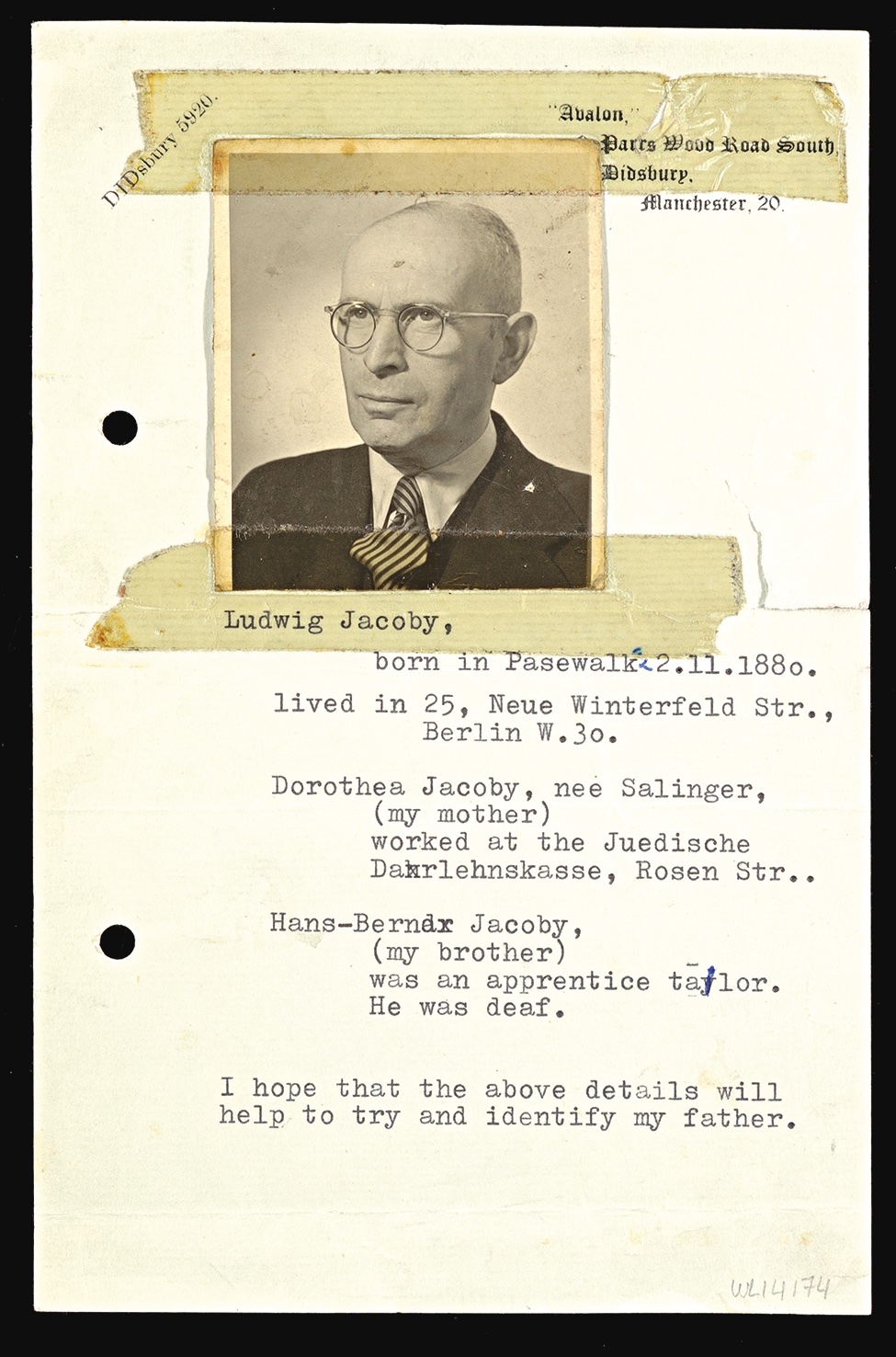
Henny Jacoby moved to Berlin in 1928 aged 12 with her parents, Ludwig and Dorothea, and younger brother, Hans-Bernd. In 1936, Henny immigrated to Czechoslovakia where she worked with resistance groups.
She fled to Poland in 1939 before finally escaping to England with the help of the British Embassy.
Her parents and brother stayed behind in Berlin.
They were deported to Auschwitz in March 1943 where they were killed.
Case Study 2:
Pauline Markstein (née Okonski) was born in Poland in 1915. In the 1930s, she moved to Berlin where she worked as an office clerk and married Herbert Markstein. They immigrated to Shanghai in 1939 to escape the Nazis. Under Japanese occupation in 1943, refugees were forced into a one-mile area called the Hongkew District.
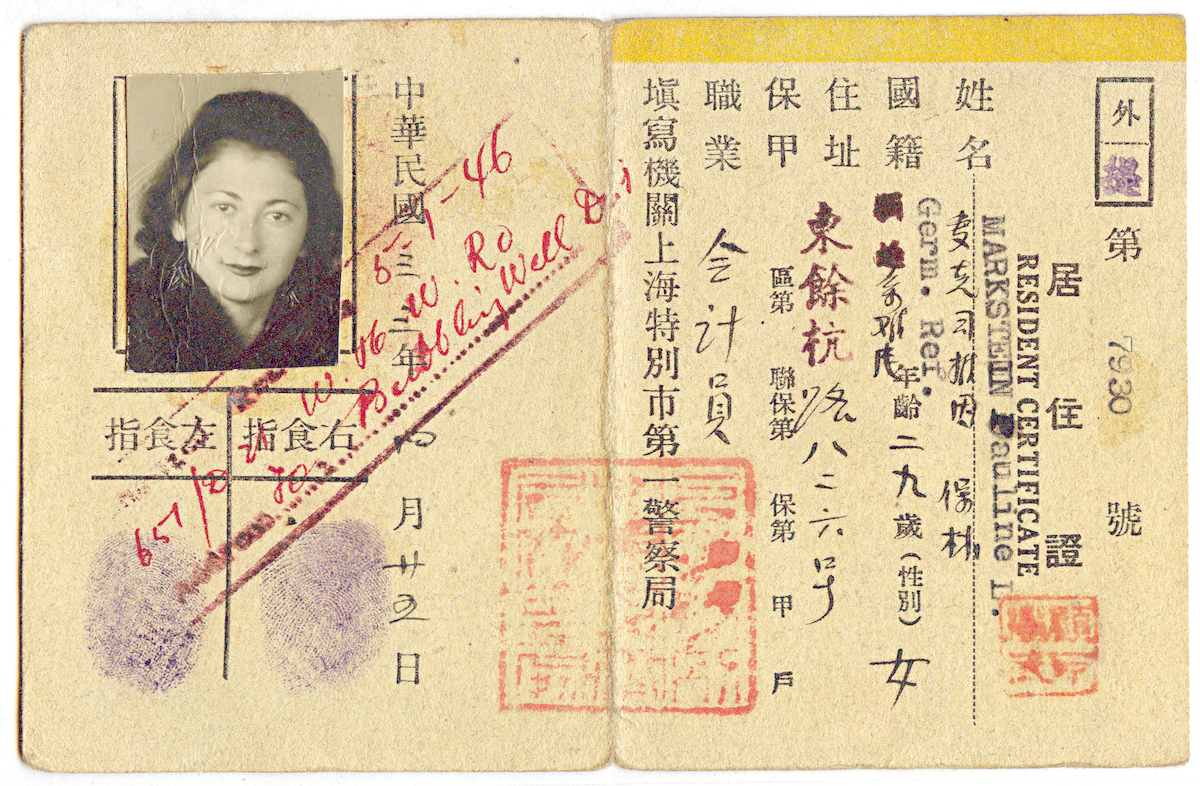
Case Study 3:
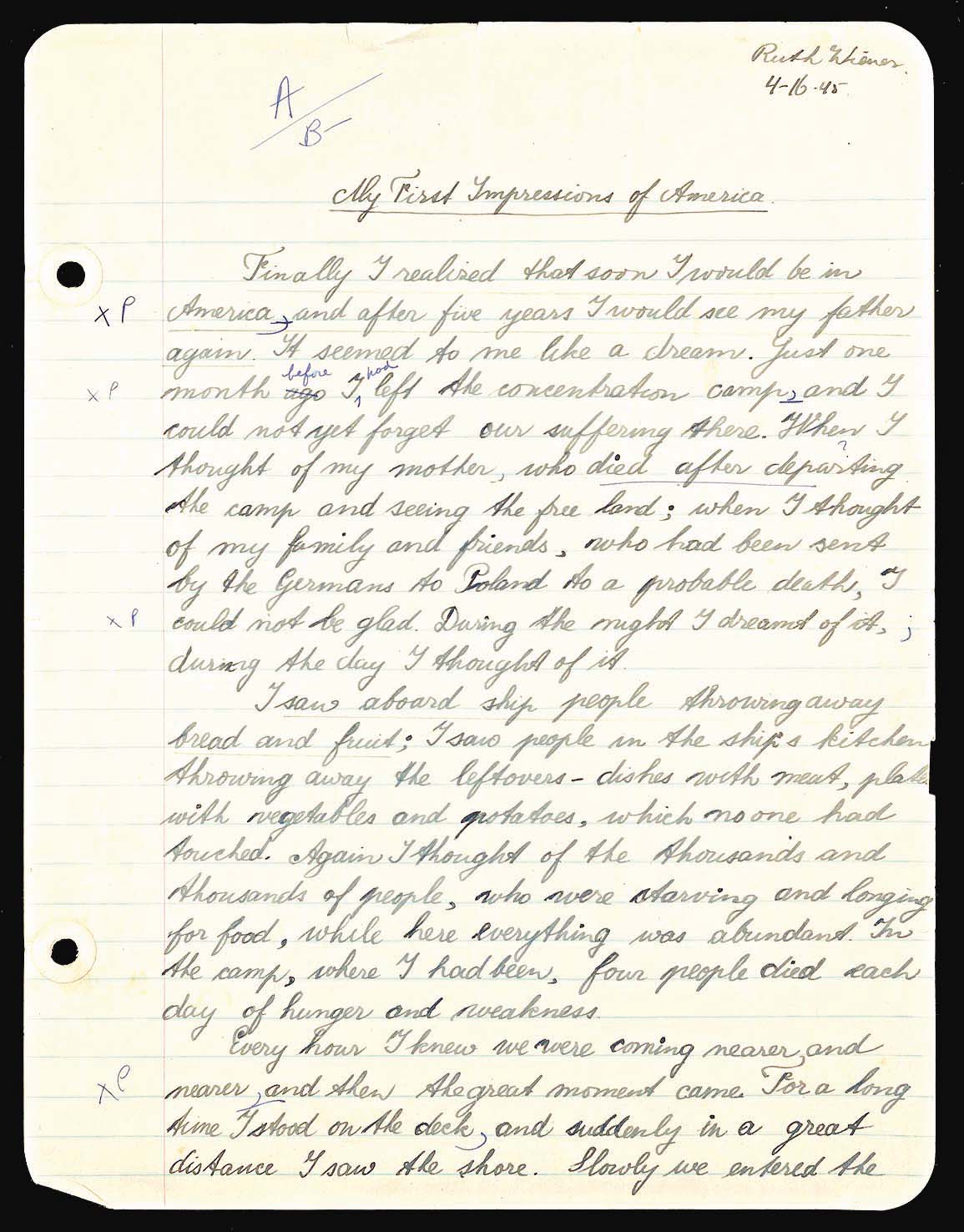
Dr Alfred Wiener, founder of the Library, was able to escape Nazi Europe in 1939. His wife, Dr Margarethe Wiener, and daughters Ruth, Eva and Mirjam, were trapped in the Netherlands following the outbreak of war. They were first sent to Westerbork transit camp before being deported to Bergen-Belsen concentration camp in 1944. In January 1945, Margarethe
and her daughters were chosen for a rare opportunity to be part of a prisoner exchange scheme. Margarethe died on 25 January 1945 in Switzerland, just a few days after regaining freedom. Ruth, Eva and Mirjam boarded a Red Cross ship bound for New York and were reunited with their father.

Thank you for helping to make Jewish News the leading source of news and opinion for the UK Jewish community. Today we're asking for your invaluable help to continue putting our community first in everything we do.
For as little as £5 a month you can help sustain the vital work we do in celebrating and standing up for Jewish life in Britain.
Jewish News holds our community together and keeps us connected. Like a synagogue, it’s where people turn to feel part of something bigger. It also proudly shows the rest of Britain the vibrancy and rich culture of modern Jewish life.
You can make a quick and easy one-off or monthly contribution of £5, £10, £20 or any other sum you’re comfortable with.
100% of your donation will help us continue celebrating our community, in all its dynamic diversity...
Engaging
Being a community platform means so much more than producing a newspaper and website. One of our proudest roles is media partnering with our invaluable charities to amplify the outstanding work they do to help us all.
Celebrating
There’s no shortage of oys in the world but Jewish News takes every opportunity to celebrate the joys too, through projects like Night of Heroes, 40 Under 40 and other compelling countdowns that make the community kvell with pride.
Pioneering
In the first collaboration between media outlets from different faiths, Jewish News worked with British Muslim TV and Church Times to produce a list of young activists leading the way on interfaith understanding.
Campaigning
Royal Mail issued a stamp honouring Holocaust hero Sir Nicholas Winton after a Jewish News campaign attracted more than 100,000 backers. Jewish Newsalso produces special editions of the paper highlighting pressing issues including mental health and Holocaust remembrance.
Easy access
In an age when news is readily accessible, Jewish News provides high-quality content free online and offline, removing any financial barriers to connecting people.
Voice of our community to wider society
The Jewish News team regularly appears on TV, radio and on the pages of the national press to comment on stories about the Jewish community. Easy access to the paper on the streets of London also means Jewish News provides an invaluable window into the community for the country at large.
We hope you agree all this is worth preserving.
-
By Brigit Grant
-
By Laurent Vaughan - Senior Associate (Bishop & Sewell Solicitors)
-
By Laurent Vaughan - Senior Associate (Bishop & Sewell Solicitors)
-
By Laurent Vaughan - Senior Associate (Bishop & Sewell Solicitors)
-
By Laurent Vaughan - Senior Associate (Bishop & Sewell Solicitors)

